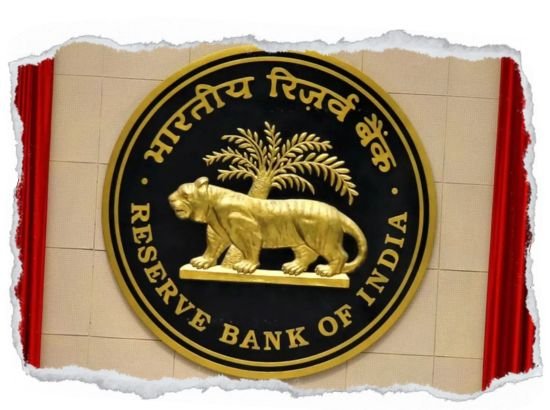
In a significant monetary policy move, the Reserve Bank of India (RBI) on Thursday slashed the repo rate by 50 basis points, providing direct relief to borrowers. The decision, announced after the conclusion of the Monetary Policy Committee (MPC) meeting, reduces the repo rate from 6.00% to 5.50%, the lowest level in over a year.
This marks the third consecutive rate cut by the RBI and reflects a proactive attempt to boost economic growth, stabilize inflation, and enhance credit flow in the market.
With this cut in the repo rate, banks are expected to lower their lending rates, resulting in reduced EMIs on home loans, car loans, and personal loans.
RBI Governor Sanjay Malhotra, while announcing the decision, stated, “The MPC decided to reduce the policy repo rate by 50 basis points to 5.50%, with immediate effect, aiming to support economic recovery and maintain inflation within target.”
Homebuyers and car buyers, especially those with floating interest rate loans, will be the immediate beneficiaries, as banks and financial institutions usually pass on repo rate changes through MCLR or RLLR-linked loan products.
The RBI’s move is seen as a response to:
Slower-than-expected GDP growth in the last two quarters
Easing retail inflation, which now remains within the 4% target range
A global trend of monetary easing to counter economic uncertainties
The need to stimulate credit demand in real estate and auto sectors
The government has welcomed the decision. Financial analysts predict that this rate cut could reignite demand in interest-sensitive sectors like housing, automobiles, and SMEs.
Equity markets reacted positively, with banking and real estate stocks rising post-announcement. Experts anticipate further cuts if inflation remains stable in upcoming months.
The repo rate is the rate at which the RBI lends money to commercial banks. Lower repo rates mean cheaper credit for banks, enabling them to offer loans at lower rates to customers.
Experts suggest borrowers should keep an eye on their bank’s official announcements for actual reductions in EMIs. Also, those considering balance transfers or new loans may find this an opportune time to act.